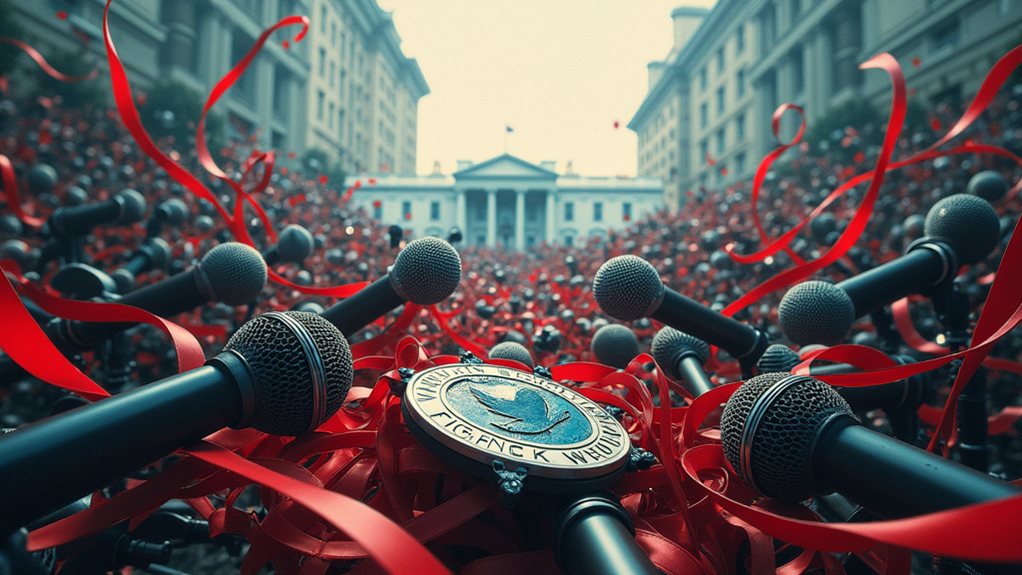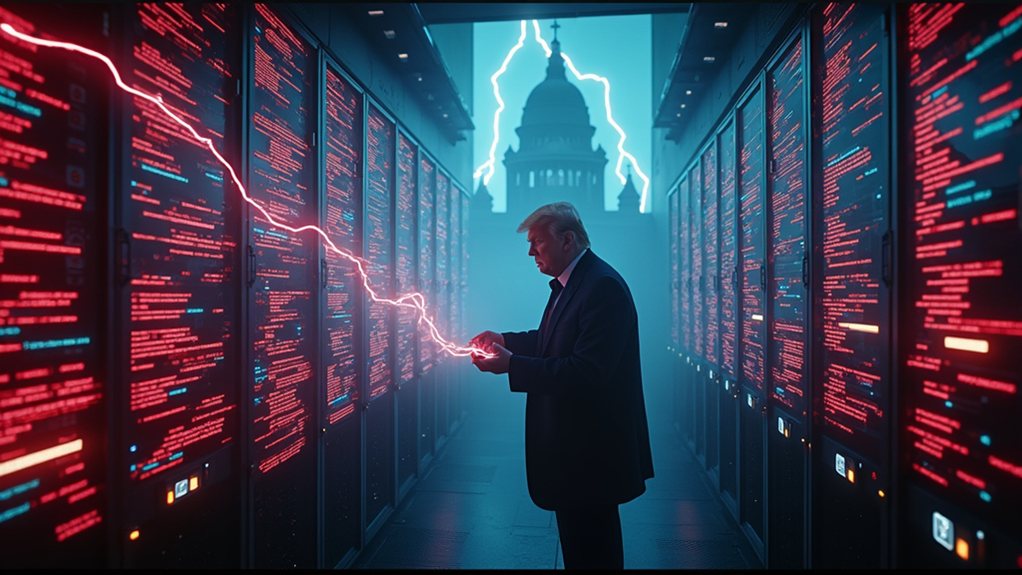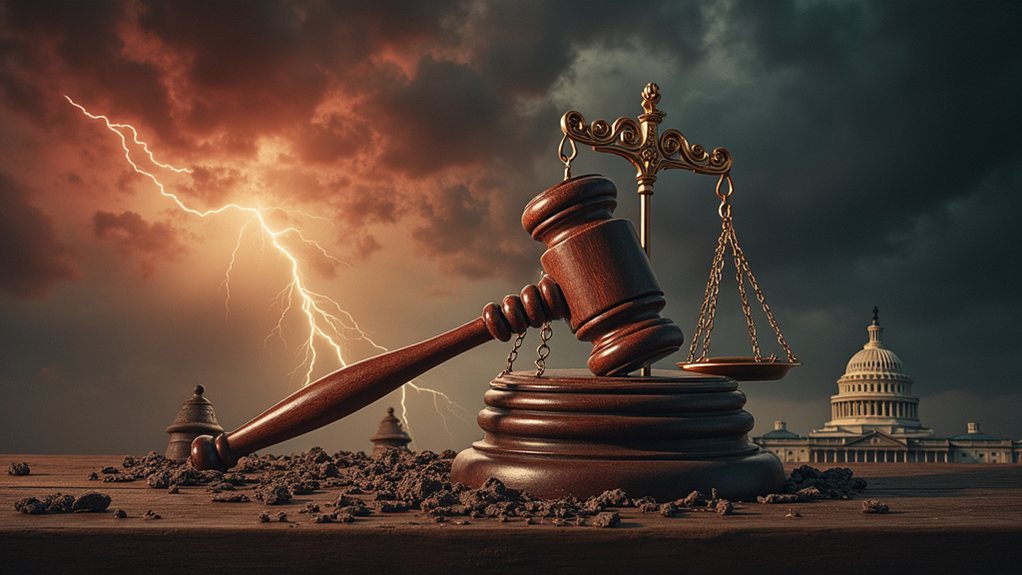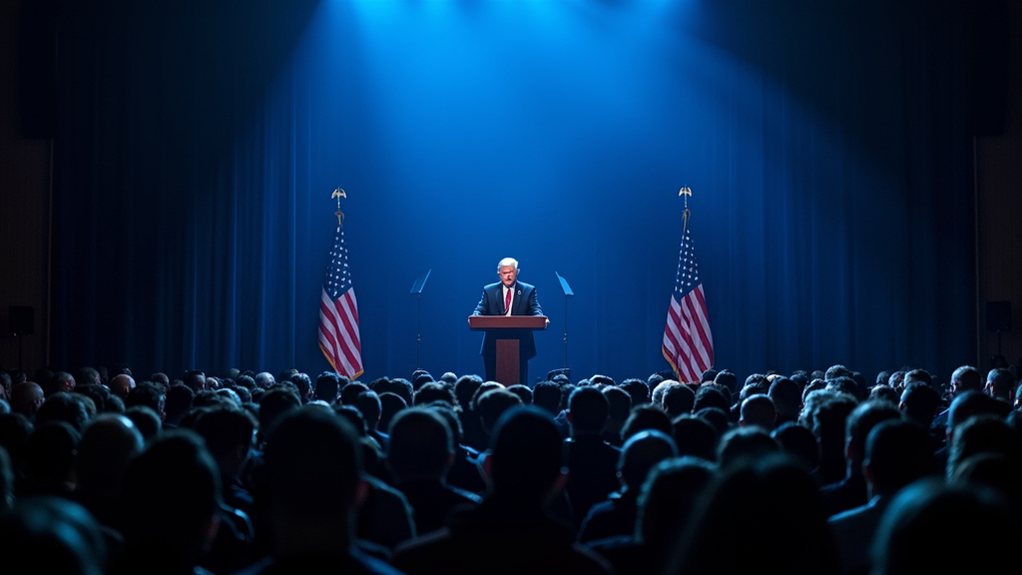As Donald Trump rose to power, he began to reshape how the media operates. He used Twitter to bypass traditional media filters, allowing him to communicate directly with the public. This tactic helped him control the narrative and respond quickly to news coverage. Trump also labeled critical news outlets as "fake news," attempting to discredit any unfavorable reporting. He often referred to the media as the "enemy of the people," which fueled distrust among his supporters.
Trump held rallies that attracted large crowds, generating free media attention. These events often became spectacles, dominating the news cycle. He understood that the media's profit motive could be exploited, as sensational stories drive ratings. By creating controversy, he kept himself in the spotlight. His relationship with friendly outlets, such as Fox News, further solidified his influence over the media landscape.
Trump's rallies became spectacles, exploiting media's profit motive and ensuring his constant presence in the news cycle.
To undermine journalistic norms, Trump attacked individual reporters, making their work seem less credible. He often encouraged skepticism towards anonymous sources and blurred the lines between news and opinion. By pushing for "alternative facts," he countered unfavorable reporting and used whataboutism to deflect criticism. Actions against press freedom indicate a push towards autocratic media control, which aligns with Trump's tactics to undermine independent journalism.
Trump also flooded the media with a constant stream of statements, overwhelming the news cycle. This tactic made it hard for the public to discern fact from fiction. He amplified misinformation and conspiracy theories, using social media algorithms to spread these messages widely. The result was an information overload that confused many people. Additionally, his strategy of delegitimizing media further eroded trust in journalistic institutions.
In creating alternative information ecosystems, Trump promoted partisan outlets as "real news." He built a network of supportive commentators and encouraged his followers to rely on direct communications. By targeting specific audiences with tailored content, he created closed loops resistant to fact-checking.
Through these strategies, Trump wielded the media as a tool to serve his regime and shape public perception.





